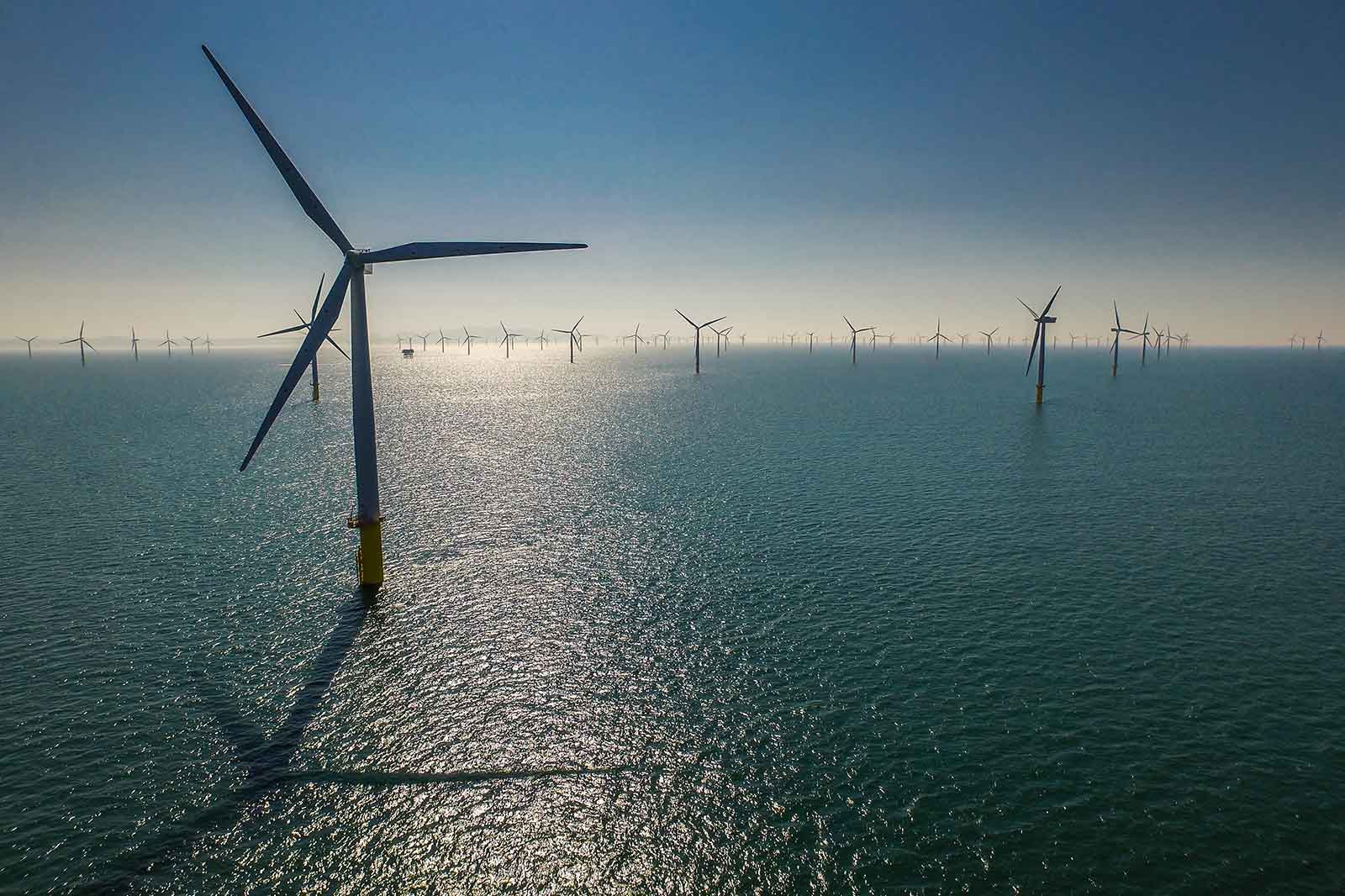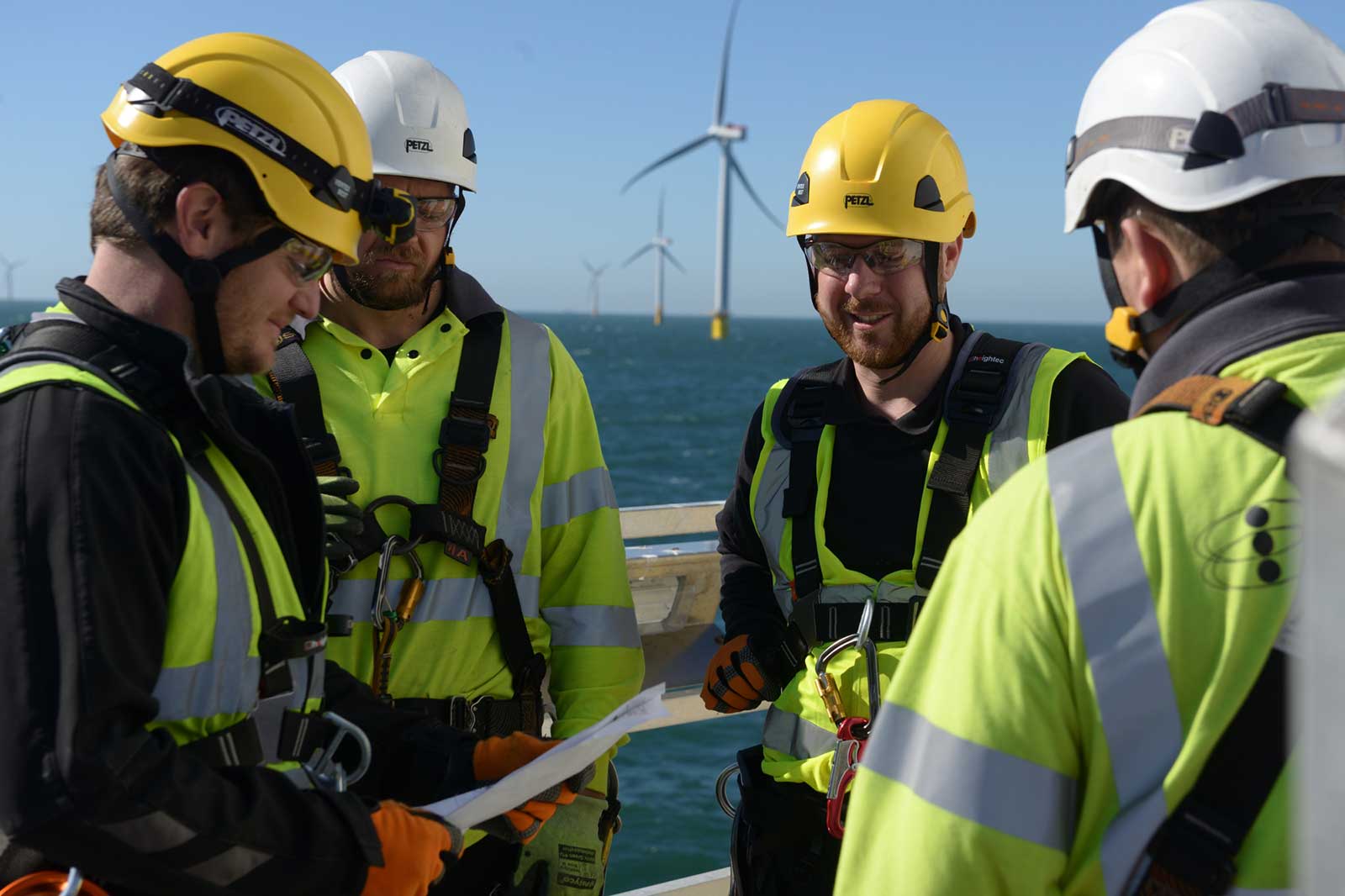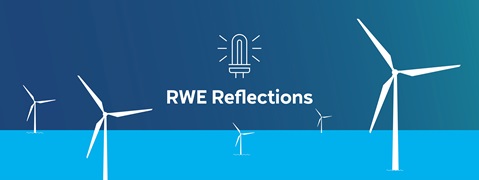By Danielle Lane, RWE’s Director of Offshore Wind Development (UK and Ireland)

The UK offshore wind industry has long been hailed as the backbone of the country’s renewable energy sector, and Government ambitions recognise its potential, with a ‘50GW by 2030’ target. Yet offshore wind developers are too often faced with expectations extending far beyond, and often hampering, their primary purpose – to get wind projects up and running.
In this blog, Danielle Lane, RWE’s Director of Offshore Wind Development (UK and Ireland) and former Chair of the Offshore Wind Industry Council, outlines how responsibility for the success of the UK’s offshore wind programme cannot be shouldered by developers alone.
Great potential amid a perfect storm
That the UK’s offshore wind industry is seen as something of a poster child for the green transition is no secret. The UK has the greatest wind energy potential in Europe – and Government’s ambitious offshore wind targets echo this, with plans to increase offshore wind by nearly fivefold, to 50 GW by 2030.
However, with the Ukraine war, increasing trade barriers and global commodity price shocks piling ever-increasing pressure on developers, Government needs to make sure the mechanisms are in place to support industry to deliver in the most effective way.

As the UK’s Offshore Wind Champion, Tim Pick, pointed out in his recent report, there remain significant structural barriers to delivering the potential of the UK’s offshore wind industry. This is not purely a UK problem – the Global Wind Energy Council raised concerns earlier this year, saying that ‘spare capacity’ in wind energy manufacturing was ‘likely to disappear by 2026.’ Rising investment costs are a large part of this – at RWE, we’ve seen investment costs increase between 30-40% for comparable UK and European offshore projects between 2021 and 2023.
Set in this context, it’s clear we need to make sure the CfD – which has undoubtedly been a success in supporting large scale development in offshore wind and is often hailed as the ‘gold standard’ of how to deliver renewables at scale – continues to evolve to support a long-term, sustainable offshore wind sector.
In particular, there’s a need for greater recognition of rising costs, developers can no longer just ‘race to the bottom’. While we don’t want to move completely away from a system that focuses on cost alone, reform is needed to ensure more priority is given to accelerated renewables deployment and support for the UK supply chain This will reduce costs in the long run and provide economic growth. Broadly, the current approach focusses on minimising costs and we need to move towards a system which instead focusses more on maximising the benefits of accelerated deployment.
Industry stepping up to meet high expectations
The offshore wind sector has recognised the barriers to delivering the potential of the UK’s offshore wind industry and is stepping up to the challenge.
On supply constraints, large-scale investments by the industry to improve the supply chain, such as the SeAH offshore turbine base factory in Teesside, and the JDR offshore cable factory near Blyth, have contributed to an increase in operating capacity from 11.3GW in 2021 to 13.7GW in 2022.
The same can be said for skills development, where in recognition of the pace at which technology is evolving, and the need for the UK’s offshore wind skills base to keep pace, as an industry, we’ve increased the workforce by 16% (2021-2022), meaning there are now over 31,000 developing careers in offshore wind.
Despite this positive action, Government expectations for the industry remain sky high. Across all markets, the sector is being asked to deliver more with less.
In the UK in particular, where offshore wind is often hailed as the shining beacon of renewable energy, renewable energy developers are facing red tape and additional costs at every turn.
For instance, the ‘option fees’ that developers are expected to pay annually until final planning permission is granted, effectively leave developers paying for the right to develop offshore wind, yet at the mercy of long and ultimately costly planning delays.



The solution

The industry is willing to play the active role Government expects of it. At the end of the day, we all want the same thing – a thriving UK offshore wind sector which helps us deliver low carbon power as quickly as possible and generates wider social benefits.
However, this action must be matched across the board, so the responsibility of delivery is shouldered fairly, allowing developers to do what they do best – building new infrastructure at pace.
A joined-up and collaborative approach should focus on resolving three core issues:
- A clear strategy for offshore wind growth – both for offshore projects themselves, and the wider supply chain
- Long-term reform of the CfD process to support a sustainable sector and ensure the industry can deliver its full potential
- Doing more to develop and deliver a skilled UK workforce where the resources of developers is matched by the ambition and support of Government.
Aesop’s fable of ‘the goose and the golden egg’ should be a cautionary tale for policy makers here. The potential for the offshore wind industry to accelerate both economic growth and the transition is enormous, yet it is being stopped in its tracks. Industry is willing and able to provide the pipeline needed to supercharge the transition and deliver green jobs across the country - but a challenge of this scale requires everyone to play their part.
